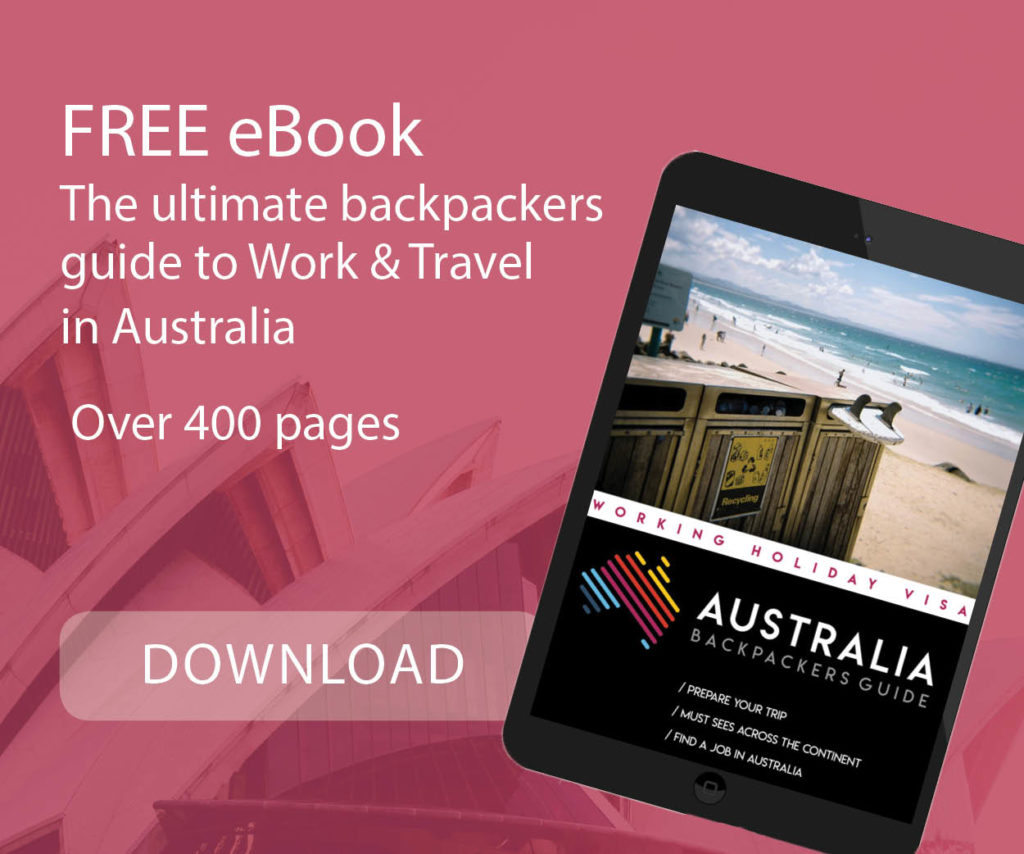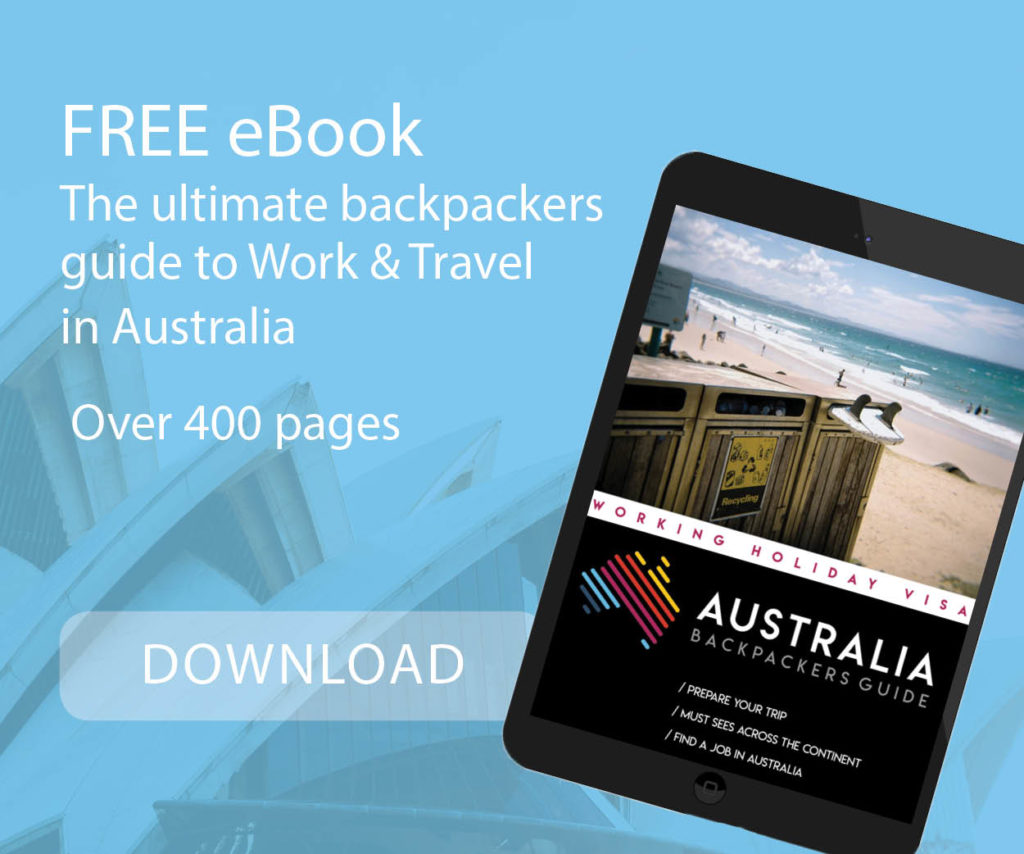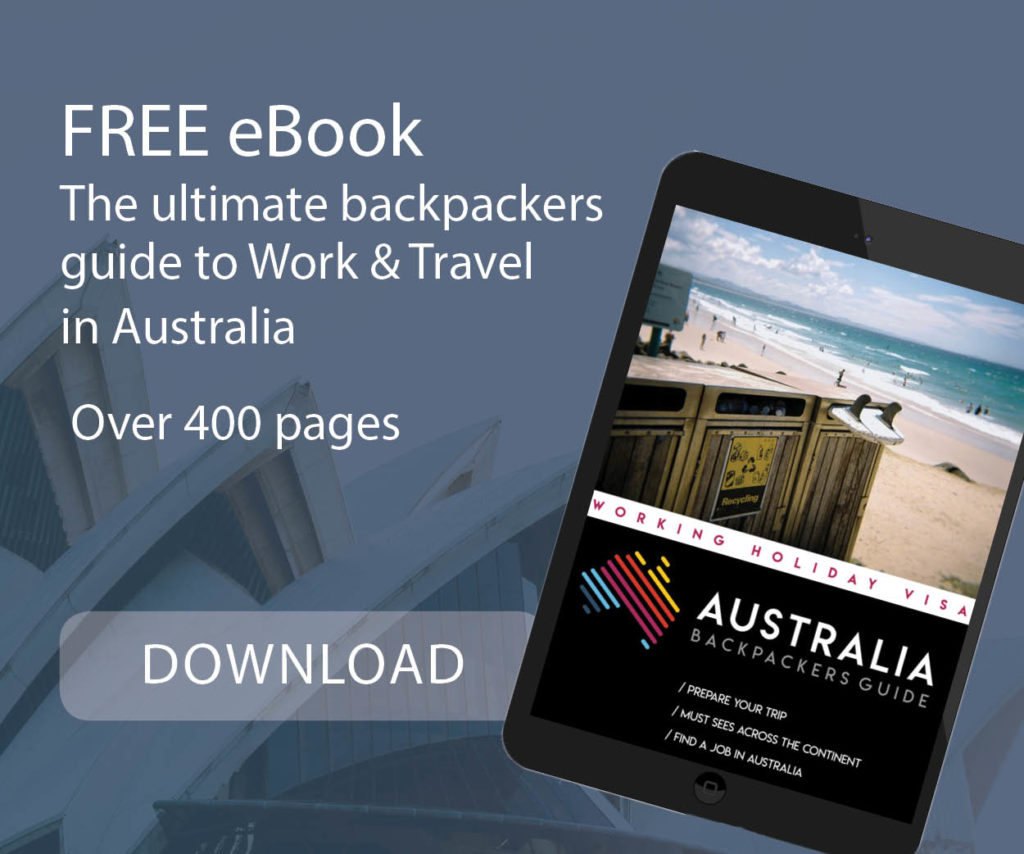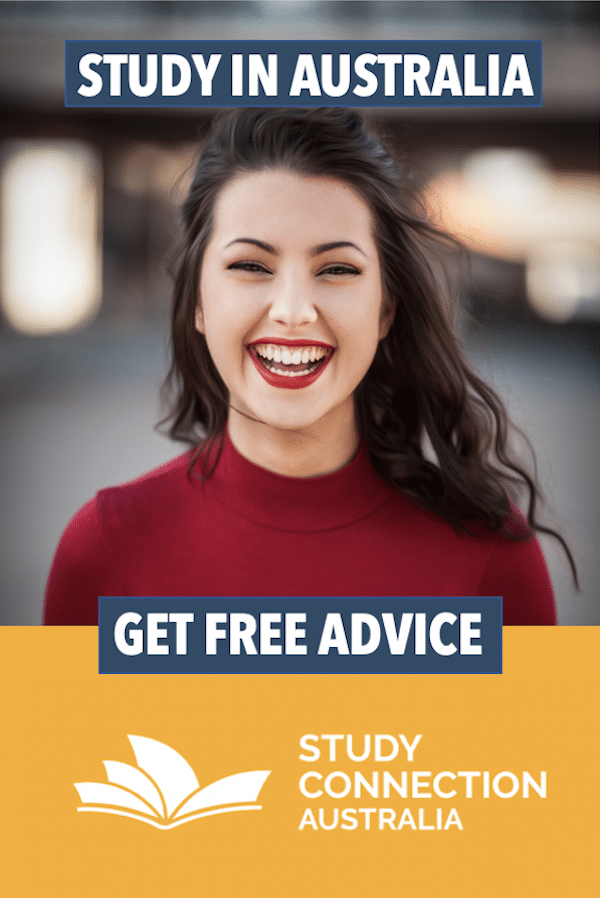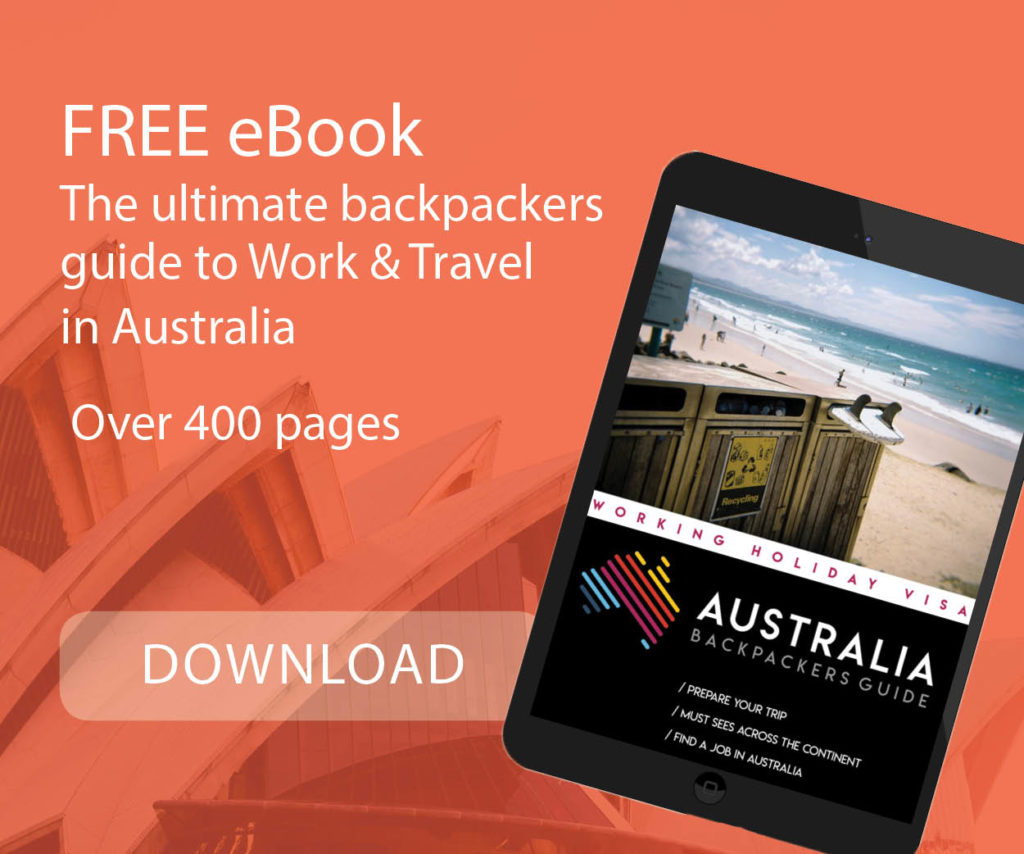Planning to move Down Under? Whether you’re on a Working Holiday, a Student Visa, or aiming for longer-term work, this guide covers everything—from the latest visa changes to real‑world living costs, housing, healthcare, transport, and local tips.
Table of Contents
Visas & Immigration
There are several ways to migrate to Australia, but none of them are easy. Most expats go through different visas before getting their permanent residency. The most popular visa for people under the age of 31 or 35 depending on your nationality, is the Working Holiday Visa, which allows them to work and travel in Australia for up to 3 years. After that, however, you will need to get work permit to stay in Australia.
Skills in Demand Visa (subclass 482)
As of December 7, 2024, the Temporary Skill Shortage (TSS) visa is replaced by the Skills in Demand (SID) Visa subclass 482. There are three streams:
- Specialist Skills Stream: top‑tier professionals (min. AUD 135 000 salary; quick path to PR).
- Core Skills Stream: roles on the Core Skills Occupation List (CSC), min. AUD 73 150 salary; up to 4 years.
- Labour Agreement Stream: for employers with bespoke agreements.
Working Holiday Visa (subclasses 417 & 462)
The Working Holiday Visa remains the main gateway for people under 31 or 35 (depending on your nationality). It allows to work and travel for 1 to 3 years in the country. But then you have to be able to obtain a work permit to stay and apply for permanent residency. It can nevertheless be a good option if your profession or profile does not fit into the lists provided by the Australian government for sponsors.
🧓 Age limit now up to 35 for UK, Canada, France, Ireland, Italy & Denmark.
Study in Australia (subclass 500)
The student visa is accessible to everyone (regardless of your age). It will allow you to work while studying in Australia. Some courses (several years of university) may then offer you the possibility of obtaining a work visa allowing you to stay in the country. In any case, a student visa can greatly help you find a job in Australia. Your employer will know that you have a good level of English, that you can write well, etc.
⚠️ Work up to 48 hrs/fortnight during term, unlimited in holidays.
Other Long‑Stay Options
- Skilled Independent (189), 190, 491 visas via the points system
- Graduate Visa (485) post-study work rights
- Partner visa (820/801, 309/100) – must be in a genuine and continuing relationship with an Australian citizen, permanent resident, or eligible New Zealand citizen. The relationship can be a marriage or a de facto partnership, including same-sex relationships.
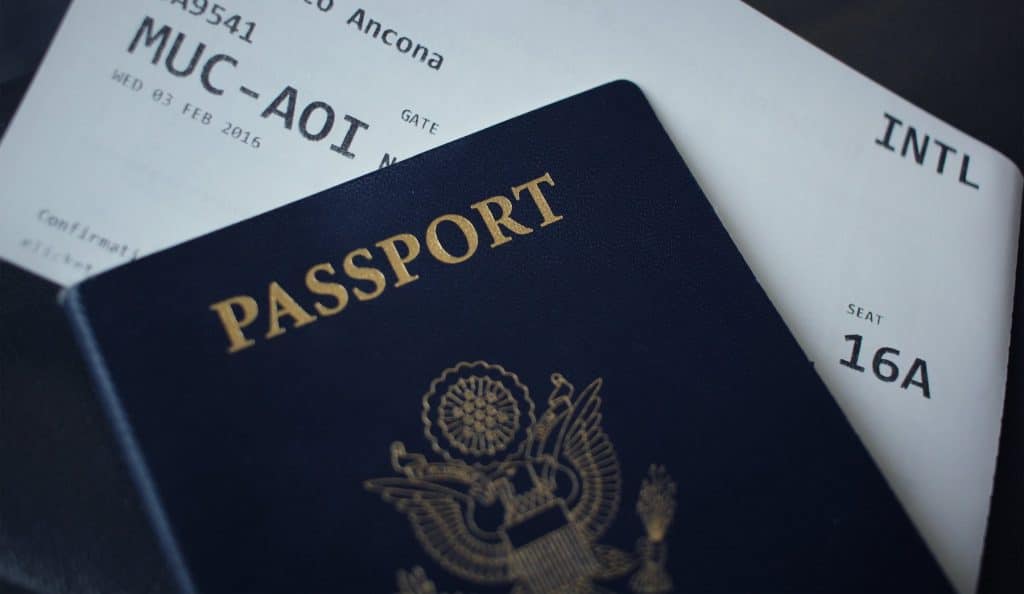
Relocating checklist – Prepare your move
Here are the most important things to consider before moving here:
- Organise moving (container / sell your furniture etc.)
- Book flight tickets
- Deregister from administrative offices (civil service, health insurance, etc.).
- Find accommodation in Australia
- Health matters (take out suitable insurance, get a health check with your GP)
- Cancel your contracts (telephone, internet, electricity, etc.)

Work & Employment in Australia
To work legally in Australia you must hold a visa with work rights.
Australia’s Job Market in 2025
Although Australia boasts a low unemployment rate (around 3.8% in early 2025), finding work can still be competitive—particularly in major urban centres. The Australian Government updates its Skilled Occupation Lists each year to highlight sectors with chronic labour shortages. If your profession appears on these lists (e.g., healthcare, ICT, engineering, trades), employers are more likely to sponsor your visa.
Since the pandemic, widespread labour shortages persist in hospitality, aged care, agriculture, and construction, making it easier for skilled migrants and WHV holders to secure jobs—provided you meet the qualifications and hold the correct visa.
Recruiting Sectors & Locations
Different regions specialise in distinct industries:
- Canberra dominates public administration and government services.
- Perth remains the hub for mining, petroleum, and engineering roles.
- Sydney and Melbourne lead in finance, IT, legal services, and head office functions.
- Queensland and regional tourist hotspots (e.g., Cairns, Gold Coast) offer plentiful hospitality and seasonal farm work.
- Aged care, healthcare, and education roles are in high demand nationwide.
If you hold in‑demand skills or a WHV, target these regions to maximise your hiring prospects.

Working conditions
Working in Australia is probably different compared to your home country. Depending on where you are from, the main difference might be that the business language in Australia is obviously English. Other differences:
- Flexibility (employment, termination)
- Social protection
- More opportunities: Unemployment rate (3.8% January 2025)
- Annual leave: 20 paid work days + 10 public holidays.
- Relaxed but professional working atmosphere.
- Relationship between hierarchy levels friendly and always respectful.
- Maternity leave: up to 18 weeks minimum wage. You will be entitled to maternity leave after about one year of permanent employment.
- Sick leave: 10 paid days per year.
Salaries
To give you an idea, here are the salary ranges by profession:
| Profession | 2025 Salary Range (AUD) |
|---|---|
| School teacher | 95 000 – 105 000 |
| Accountant | 75 000 – 90 000 |
| Registered Nurse | 85 000 – 90 000 |
| Personal Banker | 115 000 – 135 000 |
| Marketing Coordinator | 70 000 – 80 000 |
| Graphic Designer | 70 000 – 80 000 |
| Web Designer | 80 000 – 85 000 |
| Data Scientist | 115 000 – 135 000 |
| Business Analyst | 105 000 – 125 000 |
| IT Project Manager | 120 000 – 140 000 |
| Architect | 100 000 – 120 000 |
| Construction Project Manager | 125 000 – 145 000 |
| Leading Hand | 90 000 – 110 000 |
| Design Engineer | 100 000 – 120 000 |
| Real Estate Agent | 75 000 – 95 000 |
| Production Manager | 100 000 – 120 000 |
Average full‑time adult total earnings:
Full‑time adult workers now earn an average of $1 994.30 per week, which equates to ≈ $103 705 per year
National Minimum Wage (from 1 July 2024):
Increased by 3.75% to $24.10 per hour or $915.90 per week

Housing & Rentals in Australia
Australia faces a rental squeeze in 2025. Median advertised rent across all dwellings hit a record $627 per week, and capital‑city rents now range from about $770/week in Sydney to $547/week in Hobart. Regional markets aren’t immune—combined regional median rents reached $520/week, up 6.1% year‑on‑year. Strong demand, limited supply and continued remote‑work migration (especially to Queensland’s Gold and Sunshine Coasts) have pushed many Australians to car‑camp or share caravan parks when traditional rentals prove unaffordable.
Renting an apartment in Australia
Most leases run 6 or 12 months, with rent paid weekly or fortnightly. Here’s what landlords typically require:
- Sufficient income (salary> rent)
- Valid visa for the rental period
- Lease for at least 6 months
- Bond (Security Deposit) of 2 weeks rent + 2 weeks rent in advance
Pet Permissions: From 2023, landlords cannot unreasonably refuse pets. Look for “pet‑friendly” listings and be ready to submit a pet resume (photos, vet records, behavior notes).
Always inspect the property in person, read the lease carefully, and check if utilities or internet are included.
Employer‑Provided Accommodation
To escape high rents, many rural and remote‑area employers include housing:
- Farms often offer free or low‑cost on‑site cabins or room & board.
- Mining companies provide FIFO camps or village accommodation (sometimes with meals).
- Hospitality venues (motels, resorts) may give staff rooms at minimal cost.
This can save hundreds of dollars per week, but expect basic facilities and a work‑for‑rent arrangement.
Buying a property in Australia
The Australian property market cooled slightly in late 2024, but home values remain high:
- Combined Regional: A$649,899
- Sydney median dwelling value: A$1,196,809 (CoreLogic HVI Dec 2024)
- Melbourne: A$776,949
- Brisbane: A$886,540
- Combined Capitals: A$897,580
➡️ Foreign Buyers & FIRB Approval
Non‑residents must secure FIRB approval before purchasing residential real estate. Fees (indexed annually) start from around A$6,350 for established dwellings under A$1 million, rising steeply for higher‑value properties.
Permanent Residents don’t need an approval from the FIRB to buy real estate.
➡️ Finance & Additional Costs
- Deposit: Most lenders require 20% of purchase price (LVR ≤ 80%).
- Stamp Duty & Fees: Varies by state; can add 4–6% of property value.
- Conveyancing/Legal: A$1,000–1,500
- Inspection & Pest Reports: A$300–500
- Loan Establishment: A$600–1,000
- Foreign Investor Annual Vacancy Fee: If left unoccupied > 183 days/yr.
Work with a mortgage broker to compare rates and structure a mix of fixed vs. variable repayments.
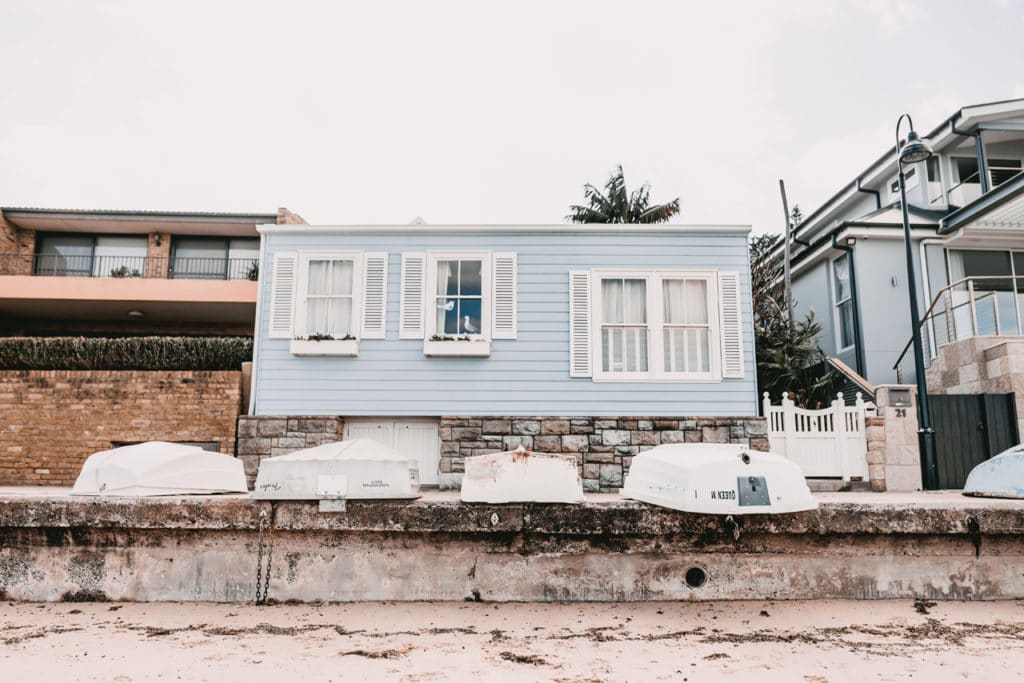
Cost of living
The cost of living in Australia is high. Sydney is the tenth most expensive city in the world. Since rents are particularly high in cities, people often share houses to cut costs. The public transport system is very good, which is also reflected in the price. Monthly tickets for buses and trains are, as in most other countries, cheaper than single tickets.
When buying food, some products are cheaper, while others are more expensive (cheese, alcohol, fruits and vegetables depending on the season) than in other countries.
Here are some examples:
– 1 liter of whole milk: 1.60 AUD
– 12 eggs: 5 AUD
– 500 g of pasta – 1.80 AUD
– 150 g of glass of instant coffee – 10 AUD
– 400 g jar of Nutella – 7 AUD
– 500g grated cheese – 9.50 AUD
– Cheese: about 10 AUD (175g)
– Bread: about 4 AUD (supermarket)
– Beer: about 20 AUD (six pack)
– Spirits: about 50 AUD (1L whiskey)
Further information: Cost of living in Australia

Healthcare System in Australia
In Australia, the healthcare system is called Medicare. It is similar to the NHS. It is the Commonwealth Government’s universal health insurance scheme, founded in 1984.
This Australian health system offers its beneficiaries free treatment as a public patient in public hospitals, as well as free or partially subsidised treatment for certain optometry, dental care and psychological services.
Some countries, such as the UK, Switzerland, Italy, have signed reciprocal health agreements with Australia. Their nationals can therefore partially benefit from Medicare. Beware, however, that the coverage offered is much less than that enjoyed by Australians themselves, only essential care will be covered.
Australian Lifestyle
Lifestyle
Australia has an incredible climate and much of daily life is spent outdoors. There is a strong sporting culture here and from an early age, Australian children try their hand at many sports. Practically all Australians play a sport every day. It is quite normal to see someone jogging or surfing at 6am before going to work.
Australians are very friendly and will always ask you how you are when they say hello… It’s part of the culture! They will always be ready to help you, guide you or simply be happy to share a beer with you, even if you just met them!
To sum up, the quality of life in Australia is remarkable with a stable economic environment, good infrastructure, an excellent education system, a very safe country to visit.
Australian people
Australians are renowned for their warm and welcoming personalities, as well as their relaxed lifestyle and zest for life. You will quickly realise that Australians are generally very friendly and sociable. They are open to meeting new people and establishing friendly relationships. There is a strong spirit of mutual aid in the country. Australians tend to support each other and lend a helping hand when someone is in need.
Australians are very friendly and will always ask how you are when they say hello… It’s part of the culture! They’ll always be ready to help you, guide you or simply be happy to share a beer with you, even if you’ve just met them!
FAQ – Living in Australia
The majority of expatriates in Australia choose to settle in the country’s major cities. This can make it easier to find a job, as these major cities are multicultural and accustomed to foreign workers. Some of the most pleasant cities to live in include Sydney with its superb bay, Melbourne with its European flair, Brisbane with its annual sunshine, Perth and Adelaide.
Before you can migrate, you will need a valid visa. Temporary visas are accessible to everyone and easy to obtain. More permanent visas are a little more complicated. Many young people choose to leave on a temporary or student visa at first. Once you’re here, you can move on to other visas (particularly TSS). Going to Australia for a few months or years is accessible to everyone, but staying for the long term is a little more difficult, but not impossible!
In Australia, your daily budget will vary according to many factors. The cost of living is higher than in France, but purchasing power is also much higher. In any case, for a simple trip to Australia, plan on a budget of at least $100 per day per person. The cost of living in Australia is high in the major cities and more affordable in rural areas.
The first step is to prepare yourself as much as possible. Find the visa that suits your situation, find out about the cities and places that interest you in the country. Then plan your departure from Europe. Once you’re in Australia, if you have a temporary visa, set yourself some objectives (renewing your WHV, finding a sponsor, taking language courses, etc.). As you can see, Australia gives a chance to everyone who gives themselves the means to do so!
Updated 19.04.2025





